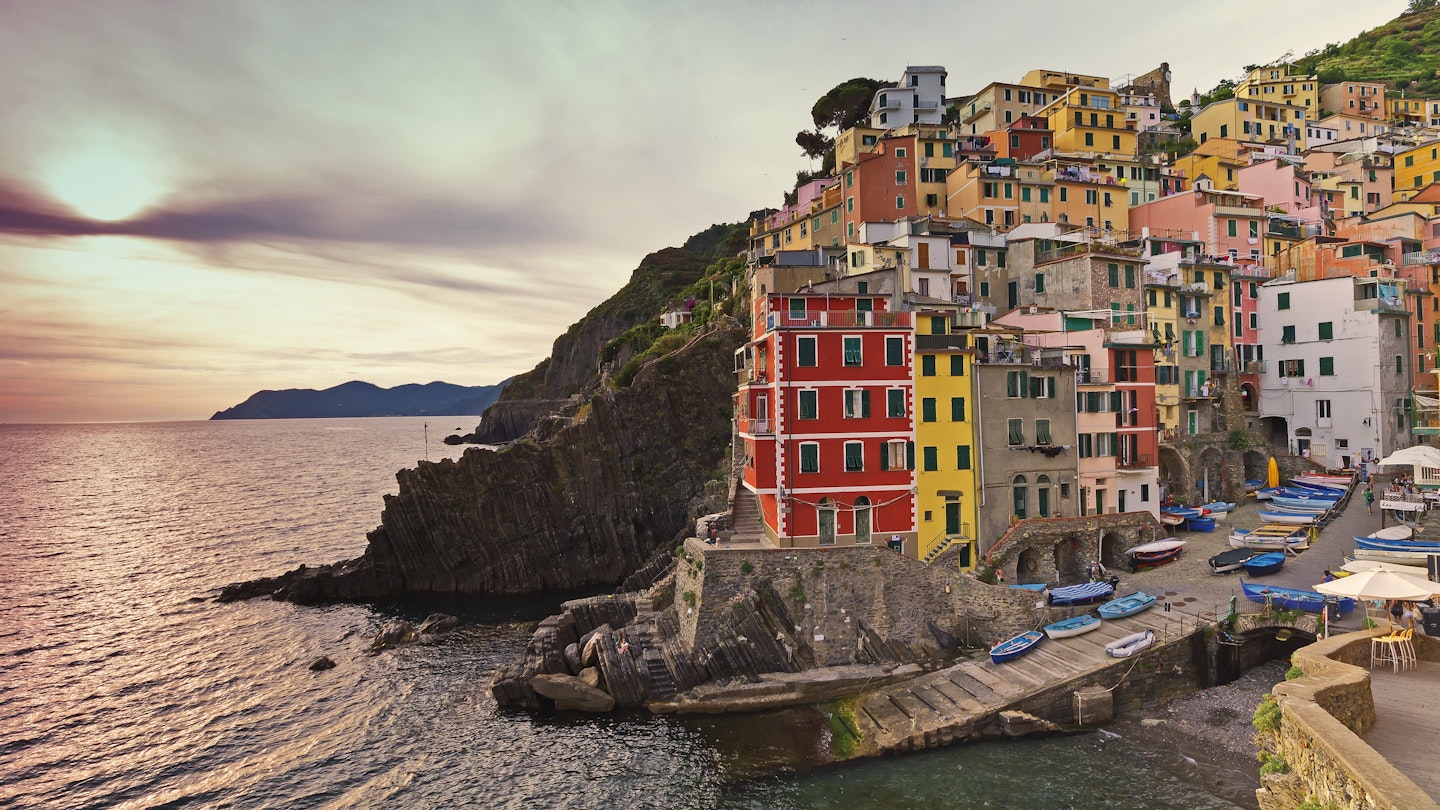If any one country will revive your appetite for post-lockdown travel, it’ll be Italy. This beautiful and most resilient of nations thrills, inspires, and sometimes even maddens, with its extraordinary array of historic and artistic riches, soaring landscapes, and enviable food.
Slow Travel
There’s no more liberating feeling than taking to the scenic backroads of Italy’s hilly green centre. Tuscany and neighbouring Umbria are the usual go-to destinations; however, a recent trip opened my eyes to the rugged beauty and quiet charms of Le Marche. This largely rural region is made for slow travel with its brooding snow-capped peaks, wide open spaces, and lovely hilltop towns.

Chief among these is Urbino, home to some of Italy’s finest Renaissance art and architecture. Ascoli Piceno is another charmer with a lovely historic centre and fabulous food – it’s the birthplace of olive all’ascolana (deep-fried meat-stuffed olives). On the Adriatic coast, the Parco del Conero is a gorgeous pocket of idyllic beaches and plunging cliffs.
Historic Cities
Italy is home to some of the world’s most alluring cities. Rome, Florence, and Venice top the traveller charts; however, there are plenty more to choose from. Turin, Italy’s original capital, is a real eye-opener. I had little idea of what to expect the first time I visited, so I was delighted to discover a stylish, cosmopolitan city full of regal palaces, brilliant cafes, and fabulous modern art.

Down south, Naples presents an altogether different prospect. Hot, loud, and chaotic, it’s like a shot of adrenaline straight to the heart. I love the screaming energy of its Dickensian streets and am totally in awe of its stash of classical art. The sculptures and mosaics at the Museo Archeologico Nazionale are as impressive as any in the country.
Ancient Treasures
The sheer quantity of Italy’s ancient relics never ceases to amaze me. Places like Pompeii and the Colosseum are just the tip of the iceberg – the entire country is scattered with ruins in various states of repair.
Personal favorites include the remarkable Greek temples at Agrigento’s Valley of the Temples and the towering remains of Hadrian’s villa in Tivoli, the dramatic setting for the season 2 finale of TV’s Killing Eve.
Art Alternatives
You don’t have to be an expert to appreciate Italy’s artistic riches. This, after all, is the country of Leonardo da Vinci’s The Last Supper, Michelangelo’s David, and Botticelli’s Birth of Venus.
What sets Italy apart is that for every big-name museum and basilica, there’s a quieter, less-crowded alternative. While visitors throng to the Vatican to see Michelangelo’s masterpieces in the Sistine Chapel, far fewer head to Padua to admire Giotto’s frescoes in the Cappella degli Scrovegni.
Art lovers will often make a beeline for Ravenna and its collection of Unesco-listed mosaics. Less heralded, but no less spectacular, are the exquisite mosaics in the Cappella Palatina in Palermo.
Volcanoes & Wolves
Italy is hardly the wild west; however, its ancient landscape harbours some thrilling surprises. Sicily is home to two of Europe’s most active volcanoes, and it’s hard not to feel a frisson of excitement as you catch your first sight of Mount Etna towering above the east of the island.
Off Sicily’s northeastern coast, the tiny Aeolian island of Stromboli also regularly erupts, throwing fiery fountains of lava into the sky to the delight of watching boat trippers.

Far less visible are the wolves that live in the mountain forests of Abruzzo. I’ve never seen one, but I vividly remember an old man telling me of wolf packs prowling through the village of Scanno looking for food after a heavy snowfall. The villagers, he said, stayed indoors.
Festivals & Local Passions
Italians are famously loyal to their hometowns. This deep-rooted allegiance, known in Italian as campanilismo (literally an attachment to your bell tower), emerges in various guises. Many towns and cities have their own dialects, for instance, and regional culinary traditions abound.

Most spectacularly, local passions fuel the country’s madcap festivals. These range from the messy (a mass orange fight in Ivrea) to the sinister (dressing up as shaggy mamuthones in Mamoiada) and downright dangerous (crazy horse races in Siena and Sedilo).
Eating Out
One of the great joys of a trip to Italy is lingering over a long lunch or al fresco dinner. The nation is rightly celebrated for its food (and wine), and every town and village seems to have its own specialty. These traditional dishes are a source of fierce local pride and inspire wonderfully heated arguments as cooks debate the finer points of the recipes.

Italy also boasts some truly memorable settings. Naples’ teeming streets provide the ultimate backdrop for pizza, while Bologna’s red centre excels in classic, no-frills trattorias. A standout memory is of a seafood lunch in a trattoria dug into a cave in Santa Maria la Scala, a tiny fishing village near Catania. I subsequently discovered Robert de Niro used to eat there when filming The Godfather.





